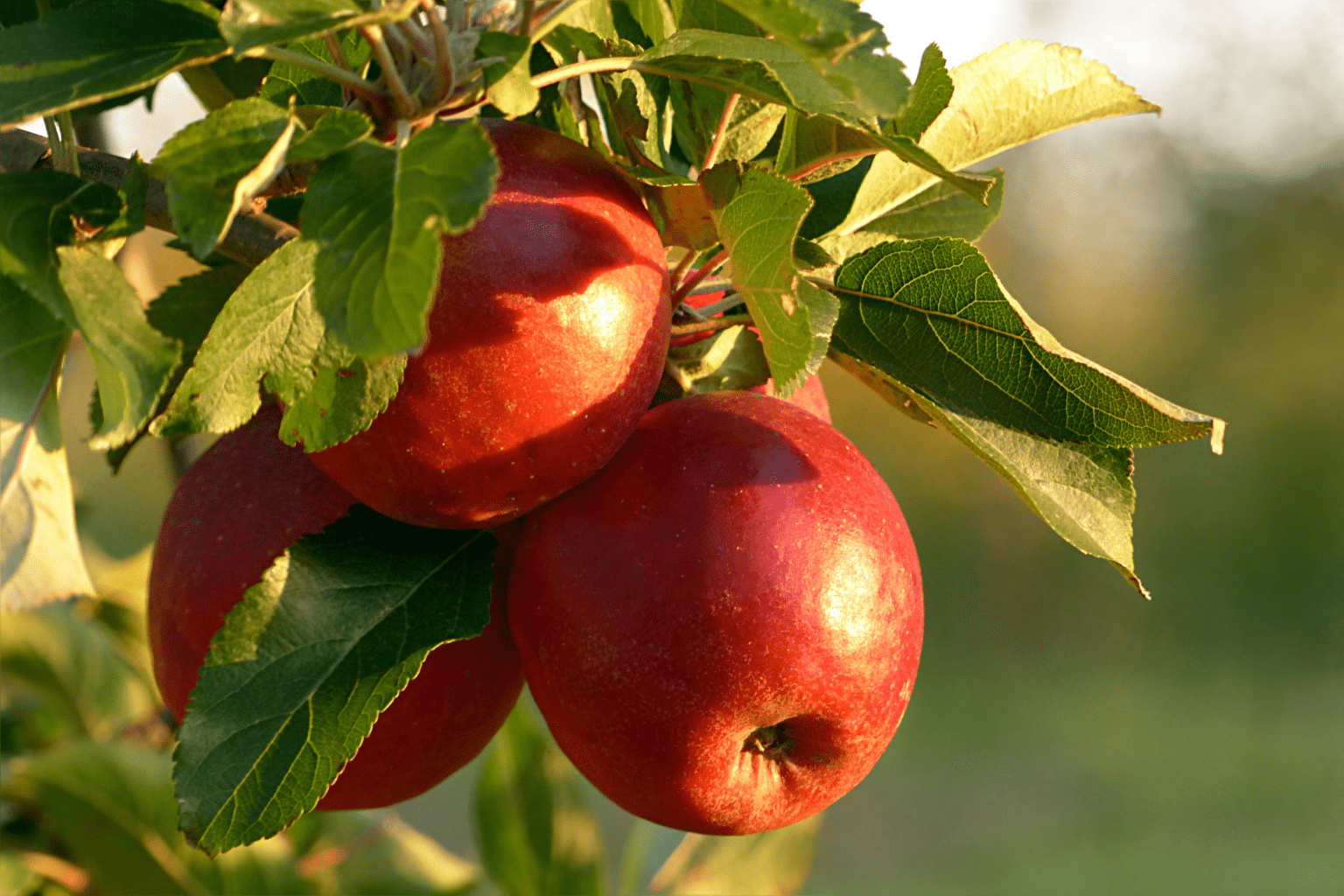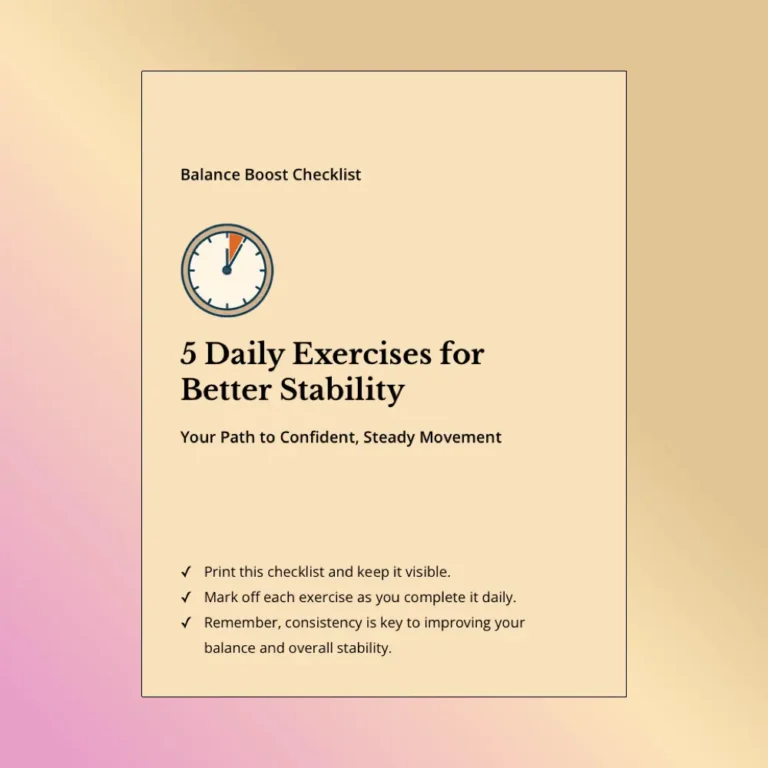
Highlights

Eating seasonally isn’t just another food trend; it’s a vibrant way of life that can bring numerous health benefits, especially for seniors. By choosing local produce and following nature’s rhythms, older adults can boost their nutritional intake while enjoying the freshest flavors available. This guide explores the wonderful world of seasonal eating, with practical advice, simple recipes, and tips for connecting with local farmers through community markets.
Simply put, seasonal eating means choosing foods that are harvested at their peak ripeness. This approach encourages a diet rich in fresh fruits and vegetables that align with the natural cycles of the seasons. But why does this matter for seniors? When you eat foods in season, you’re getting them at their freshest, when they taste best and contain the highest levels of vitamins and minerals, something particularly important for older adults.
Farmers’ markets serve as the heart of local food communities, giving seniors a chance to meet directly with the people who grow their food. To discover markets in your area, try searching online or asking at your community center.
Tips for Shopping at Farmers’ Markets:
Making local produce part of your meals can be as simple as visiting a nearby market. For more ideas, check out this helpful resource on seasonal superfoods for older adults.
Joining a Community Supported Agriculture program gives seniors regular access to seasonal produce. When you join a CSA, you pay upfront for a share of the harvest and receive fresh produce throughout the growing season. This arrangement supports local farmers and introduces seniors to new fruits and vegetables they might not normally buy.
Many grocery stores now highlight locally grown foods. By focusing on these sections, seniors can enjoy seasonal eating even if they can’t make it to a farmers’ market. Look for signs indicating local items, and consider getting to know store managers who can point out what’s fresh and in-season.
Connecting with the seasons brings joy to eating. Here’s what to look forward to throughout the year:
Getting familiar with what grows in your region makes shopping easier and more enjoyable for seniors.
Cooking with seasonal ingredients can bring real joy. Here are some easy recipes perfect for seniors:
These recipes highlight the natural flavors of seasonal vegetables while keeping preparation simple and nutrition high. Incorporating seasonal foods into meals makes them more enjoyable while boosting their nutritional benefits.
As you embrace seasonal eating, keep these nutritional strategies in mind:
Knowing how to store seasonal produce properly helps it last longer and reduces waste:
Seniors can also preserve the harvest to enjoy later:
Proper hydration is also important when eating more fresh produce. Many seasonal fruits and vegetables, like cucumber and berry varieties, have high water content, which can help maintain proper hydration levels.
What are the benefits of seasonal eating? Seasonal eating offers better nutrition, cost savings, and environmental benefits. By enjoying fresh local produce, seniors can improve their diets while supporting their communities. Seasonal foods are often harvested at their peak ripeness, which means they’re at their nutritional peak as well.
How can I find local sources of produce? Finding local produce can be as easy as visiting farmers’ markets, joining a CSA, or checking grocery stores that feature local foods. Sourcing seasonal produce directly from local farmers also ensures you’re getting the freshest options available.
What are some storage tips for seasonal produce? Different fruits and vegetables need different storage methods. Generally, leafy greens should be refrigerated, while tomatoes taste better when kept at room temperature. Proper storage helps maintain the nutritional value of seasonal foods.
Real-life experiences can inspire others to try seasonal eating. Many seniors report feeling more energetic and connected to their community after switching to seasonal foods. In senior living communities, incorporating seasonal produce into meals has been shown to significantly enhance residents’ dining experiences and overall well-being.
Senior assisted living facilities are increasingly embracing seasonal eating for their meal programs, recognizing the importance of seasonal, nutrient-rich foods for their residents. Using seasonal produce in meals for seniors can help address specific dietary needs while making eating more enjoyable.
Seasonal eating offers seniors a powerful way to enhance their health and well-being while enjoying the pleasures of fresh, flavorful food. By choosing seasonal foods and embracing the changing seasons, older adults can significantly improve their nutrition and build stronger connections with their communities.
Why not give it a try? Visit a local farmers’ market this weekend, experiment with seasonal cooking, and experience firsthand the joys of eating seasonally. It’s a delicious, vibrant approach to nutrition just waiting to be discovered.
To learn more about healthy eating options for seniors, check out this helpful article on anti-inflammatory food choices for seniors. Embrace the flavors of each season and enjoy your journey into seasonal eating for seniors!
